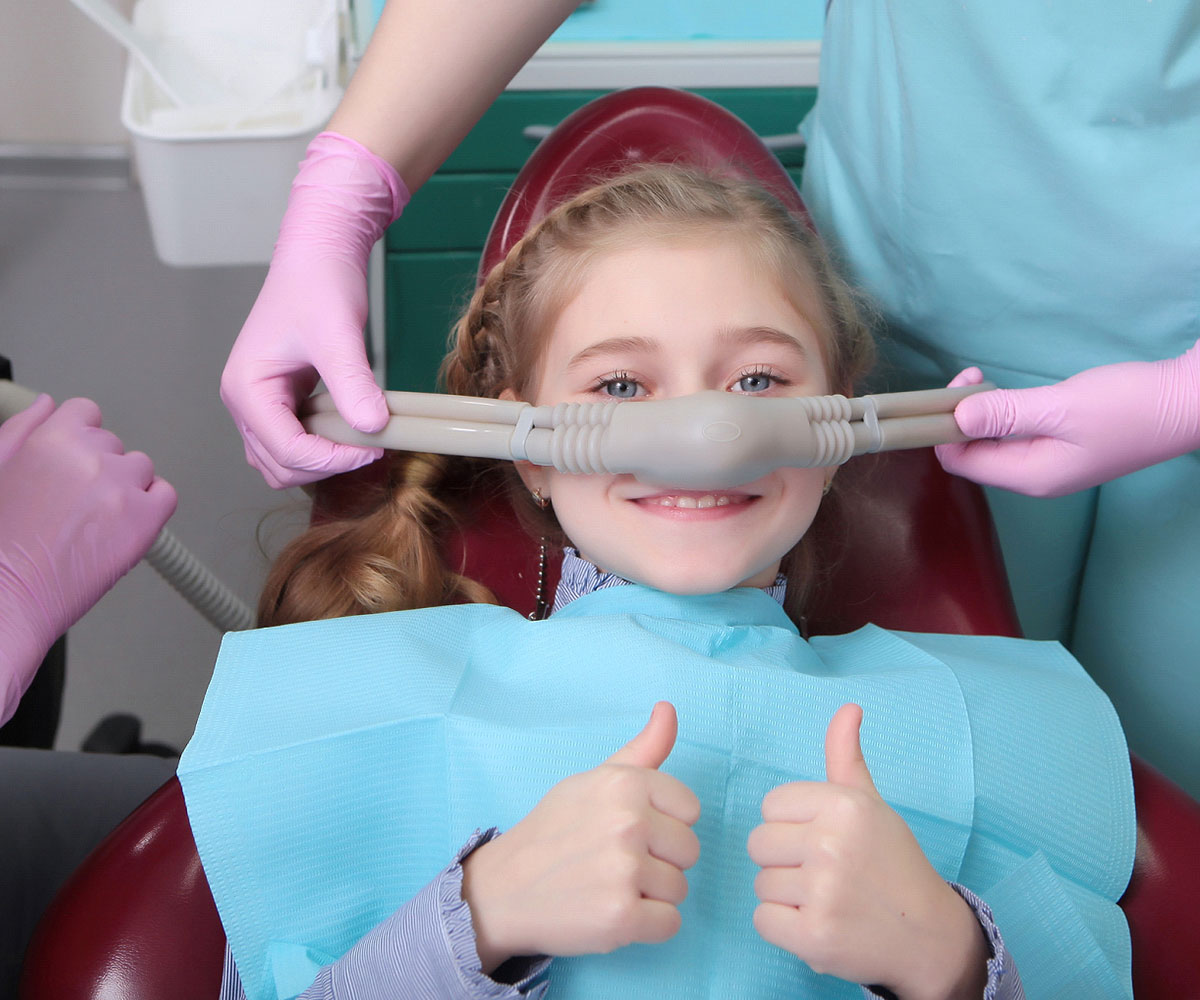Dental appointments cause anxiety for many people. From the intimidating buzz of the dental drill to the dread of potential pain, these fears can drive even the most resilient among us to avoid regular checkups and forego essential procedures. However, it’s time to cast off these fears and embrace a modern solution that can transform your dental experience: sedation dentistry.
Sedation dentistry, a method that employs medications to help patients relax during dental procedures, is a game-changer, especially now when effective anesthesia can be delivered at the clinic in conjunction with specialists offering pain-free service. Gone are the days when anxiety could prevent you from receiving the oral care you deserve!

Understanding Sedation Dentistry
At its core, sedation dentistry involves using sedatives to create an easy, anxiety-free dental experience. These sedatives can range from mild, which relaxes you without putting you to sleep, to general anesthesia, which renders you completely unconscious.
- Minimal Sedation: This form leaves you awake but relaxed. Often administered through inhalation (nitrous oxide, ‘laughing gas’) or orally (in pill form), minimal sedation is usually employed for less invasive procedures or patients with mild anxiety.
- Moderate Sedation: This is also called ‘conscious sedation.’ You might not remember much of the procedure under this level of sedation. This is often used for more complex procedures, like tooth extractions or root canals, to keep you calm and relaxed.
- Deep Sedation: Under deep sedation, you’re almost unconscious but may still be awakened. This level is typically reserved for more extensive dental procedures, such as wisdom tooth removal and implant surgery.
- General Anesthesia: This is the strongest form of sedation, where you are completely unconscious. It’s reserved for highly invasive procedures or patients with extreme dental anxiety or special needs.
The Benefits of Sedation Dentistry
Sedation dentistry offers a means to overcome these fears and ensure everyone receives the necessary care.
- Reduced Anxiety: The calming effect of sedatives makes the entire experience more relaxing and less traumatic.
- Pain Management: While local anesthesia can block pain in a specific area, adding sedation can help manage overall discomfort and make the experience much more tolerable.
- Controlled Movement: Some procedures require minimal patient movement, which can be challenging for some, such as children or those with strong gag reflexes. Sedatives can help with this by calming the patient and reducing involuntary movements.
- Efficiency: With the patient relaxed or sedated, the dentist can work more efficiently and perform more complex procedures in fewer appointments, saving the patient’s time.
Medications Used In Sedation Dentistry
Dentistry uses different types of sedation that ensure comfort and ease during the procedure, including the following:
Inhaled Minimal Sedation
This type involves breathing nitrous oxide mixed with oxygen through a mask over the nose. The gas mixture helps you relax, and the dentist can control the amount of sedation.
The effects wear off quickly, such that you will be alert enough to drive yourself home after the procedure.
Oral Sedation
This type of sedation ranges from minimal to moderate, depending on the dose. You take a pill, usually Halcion, about an hour before the procedure for minimal sedation. The pill makes you drowsy but still awake.
A larger dose can produce moderate sedation, which is the most common type of sedation in dentistry. Some people may even fall asleep during the procedure with moderate sedation, but they can be easily awakened with a gentle shake.
Intravenous (IV) Moderate Sedation
This type involves receiving the sedative drug through an IV line. It works faster than oral sedation. The dentist can monitor your vital signs and adjust the level of sedation continuously.
Because little to no pain is experienced during the procedure, enabling cooperation for an extended period, the dentist can perform multiple procedures in a single appointment. This is recommended for patients with disabilities, especially when they have difficulty communicating or staying still.
Since IV sedation uses benzodiazepines (usually midazolam or Versed), a prolonged state of amnesia results, so there may be little recollection of the procedure after waking up.
Deep Sedation And General Anesthesia
With this type of sedation, you are almost unconscious or completely unconscious during the procedure and wake up only when the effects of the anesthesia wear off or are reversed with medication. Propofol and fentanyl are common medications for deep sedation and general anesthesia.
Regardless of the type of sedation used, you will also need a local anesthetic, a numbing medication injected as a dental block at the site where the dentist works in the mouth to relieve pain.
Safety of Sedation Dentistry
When administered by experienced dental professionals, sedation during dental procedures is generally safe. Before sedation, your dentist will conduct a thorough health history review and may consult with your physician to ensure it’s a safe option for you.
Vital signs are monitored to ensure safety. After the procedure, you may need someone to drive you home, as the sedative effects may take some time to wear off.

Conclusion
Delivered by mouth or through inhalation and IV, sedation dentistry makes patients who are usually anxious comfortable throughout the entire procedure. Sedation is easily delivered and can be monitored, making it a safe option for children, patients with disabilities, and those who have extended or multiple procedures in a single appointment.
Not only does this practice help assuage anxiety and fear, but it also ensures a more efficient, pain-free, and overall, more positive dental experience.

